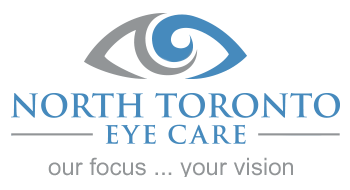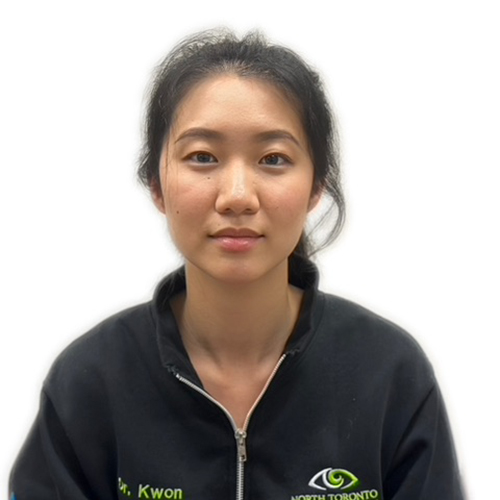Dry Eye
Click Here For More Information
North Toronto Eye Care: An Accredited Dry Eye Center
Dry Eye Disease (DED) is a largely underdiagnosed condition that occurs when the eyes do not make enough tears or the tears evaporate too quickly. It’s generally not sight-threatening but if left untreated, the symptoms – itching, discomfort, and irritation – become worse and can increase the risk of infection and other visual problems. It is important for patients with this condition to take special care of their eyes in order to alleviate symptoms and prevent complications. The diagnosis of Dry Eye is often missed because allergy, eyestrain, and fatigue have similar symptoms. Your NTEC Eye doctor in Toronto will determine if you have dry eyes, and provide a customized treatment tailored specifically for you. It is important that Dry Eye is managed correctly in order to prevent possible associated infections and/or visual disturbances that can occur if left untreated. Your doctor can diagnose dry eye after a thorough evaluation of your eyes along with the appropriate dry eye testing.

Understanding your Tear Film
Our eyes need a constant layer of tears – called the tear film – to maintain and protect the sensitive surface tissues. Dry eye syndrome occurs when there is a lack of adequate tears. For some people, the cause of dry eyes is an imbalance in the composition of their tears. Other people don’t produce enough tears to keep their eyes comfortably lubricated.
Tears are Comprised of Three Layers
Lipid Layer
Outermost oily layer which lubricates the eyes and helps prevent tears from evaporating when the eyes are open.
Aqueous Layer
Middle watery layer that is composed of water and nutrients that lubricate and nourish the cornea.
Mucin Layer
Innermost layer that coats the surface of the cornea and makes the tears adhere to, and spread evenly over the surface.
Changes or disruption to any one or more of the three tear film layers may interfere with the process of routine lubrication of the eye surface, resulting in Dry Eye Disease.

Two Main Types of Dry Eye
Aqueous Deficient Dry Eye
Aqueous Deficient Dry Eye occurs when the tear secretion by the lacrimal glands is insufficient to maintain a healthy ocular surface. Aqueous Deficient Dry Eye is a chronic inflammation of the ocular surface and has increasingly strong ties to autoimmune diseases such as diabetes, thyroid disease, and rheumatoid arthritis. This condition is significantly more prevalent in women and only represents about 15% of all dry eye patients.
Evaporative Dry Eye
Evaporative Dry Eye occurs when the outer lipid layer of the normal tear film is deficient and as a result, the tear film evaporates too quickly. This often occurs when the meibomian glands in the eyelids are inflamed (Blepharitis) or damaged (Meibomian Gland Dysfunction or MGD). Evaporative Dry Eye conditions make up 86% of the dry eye population.
Patients can suffer a mixed mechanism of both Aqueous Deficient and Evaporative Dry Eye.
In some instances, dry eye can be related to other conditions and their treatment. For example, a link has been found between dry eye, sleep apnea, and the use of a CPAP.
Diagnostic testing will determine the type of Dry Eye that you have and will help us to further develop a Personalized Treatment Plan.




